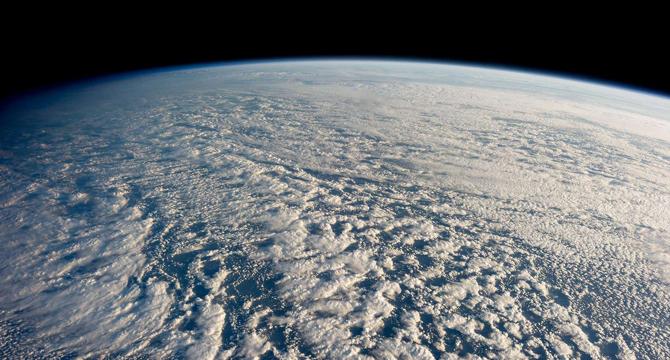Physicsworld
4w
110

Image Credit: Physicsworld
Cloudy with a chance of warming: how physicists are studying the dynamical impact of clouds on climate change
- The physicists developing climate models face the challenge of understanding how clouds are changing as the Earth warms, and how these changes will affect the climate system. Clouds play an important role in the climate system, having a profound impact on Earth’s radiation budget. Research shows that even a subtle change in global cloud properties could noticeably affect the global energy budget, which could affect the amount of warming. The Intergovernmental Panel on Climate Change (IPCC) has identified feedback from cloud properties as the largest uncertainty in predicting future climate change. Rising cloud tops and a reduction in low cloud amount are believed to be partly responsible for some of the extreme weather in recent years. According to research, rising concentrations of greenhouse gases in the atmosphere are driving a change in the asymmetry of cloud-cover changes between day and night, which, coupled with reduced pollution, is exacerbating global warming.
- The way mixed-phase clouds (those that contain water vapour, ice particles and supercooled liquid droplets) in the atmosphere are distributed affects models' predictions of warming in response to greenhouse gas emissions. These clouds have the potential to shift from ice to liquid water which could enhance their cooling effect on Earth’s surface, providing a negative feedback that reduces some of the warming. However, many climate models overestimate the effect of this negative feedback. As well as generating greenhouse gases, fossil fuel burning produces aerosols, which can have a cooling effect on the planet by brightening clouds. Scientists are assessing whether aerosols could be deliberately used to manipulate cloud properties to mitigate climate change.
- Proponents of marine cloud brightening propose using aerosol particles to increase reflectiveness of low-level liquid marine clouds mainly covering large areas of subtropical oceans, such as through saltwater spray. These particles could increase the number of cloud droplets and therefore increase cloud brightness, thereby generating a cooling effect. However, there are ethical concerns with cloud brightening, as cooling could benefit some regions while negatively impacting others, so the governance of such measures also needs to be addressed. Aerosol injection impact on cloud properties needs further research by bridging knowledge gaps with field experiments, working towards more accurately simulating the impact and to better predict the impact to the wider climate.
Read Full Article
6 Likes
For uninterrupted reading, download the app